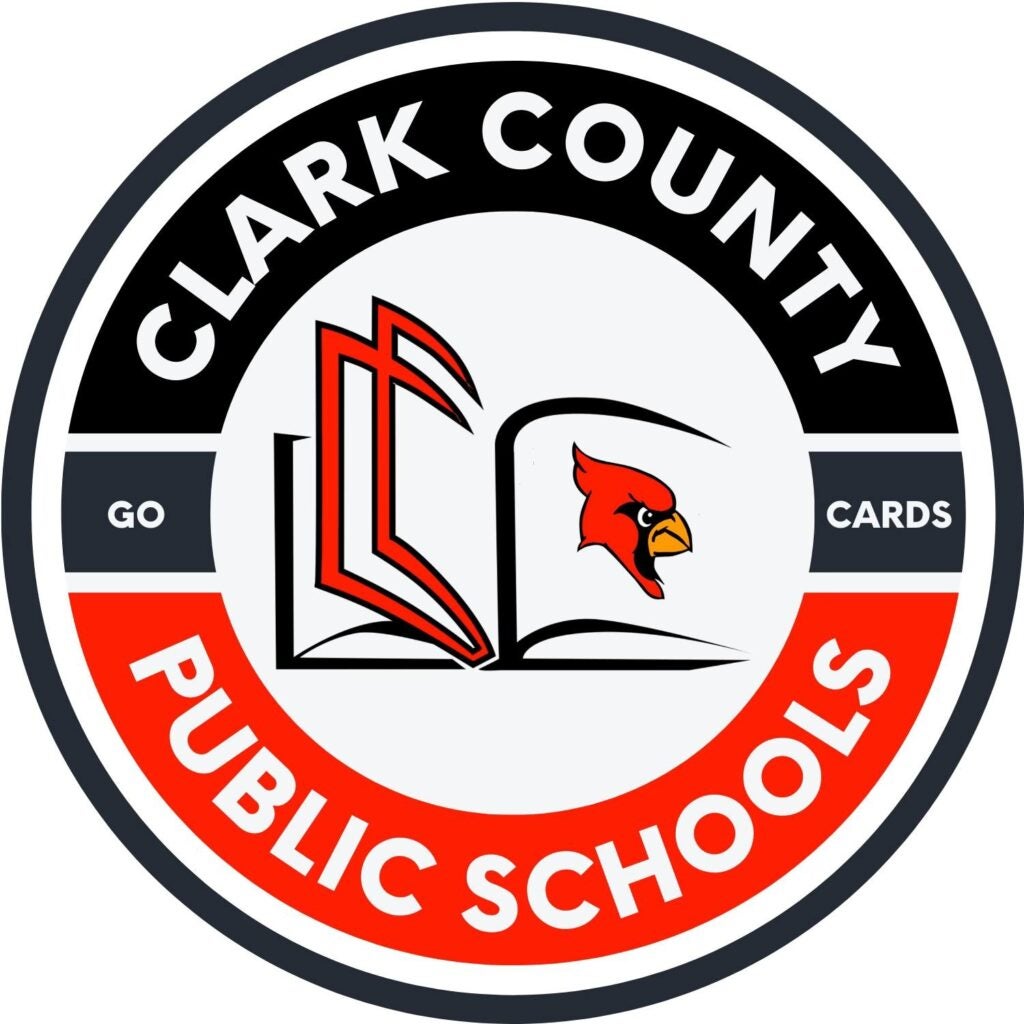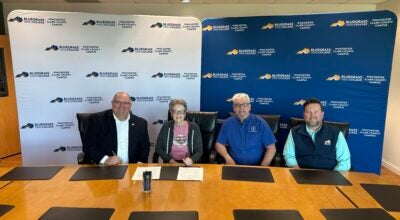BOE approves draft budget, accepts Taulbee resignation
Published 3:52 pm Thursday, January 25, 2024
|
Getting your Trinity Audio player ready...
|
The Clark County Public Schools (CCPS) Board of Education approved the district’s draft budget for the 2025 fiscal year on Tuesday.
The district’s director of finance, Aleisha Ellis, reported that the draft budget’s beginning balance will be $9.85 million, a decrease of $1.7 million in fiscal year 2024. Its projected revenue will be $67.705 million, a decrease of $ 508,192 from last year.
The draft budget includes an increase of $1.3 million in staff salary and benefit changes.
Ellis said the increase is to help several buildings retain staff whose positions were funded by COVID-19 dollars that the district will not receive in the next fiscal year.
However, the budget is subject to change, with several factors still up in the air.
“This is very preliminary,” Ellis said. “We know very little about legislation…Basically, we are going on best case what we know at this point.”
The board will vote on a tentative budget in May.
Resignation
The board voted to accept the resignation of former District 1 representative Bill Taulbee effective as of the meeting.
Taulbee tendered his resignation to the board and Superintendent Dustin Howard on Jan. 7th and wrote in his resignation letter that it was “time for me to focus on other interests.”
The board now has 60 days to select Taulbee’s successor.
Applications are now being accepted until Feb. 12th and can be picked up at the district’s central office located at 1600 West Lexington Avenue or downloaded online at www.clarkschooks.net. Once complete, applications must be dropped off at the central office or emailed to dustin.howard@clark.kyschools.us.
Per Kentucky law, a school board member must:
- be at least 24 years old;
- have a high school diploma or equivalent certificate;
- a Kentucky resident for three years;
- a registered voter in the seat district;
- not hold any other elected office;
- not be involved in sales of goods or property to the board;
- or have any relatives employed by the district.
The future board member will have to run in a special election this November. The election winner will serve the remaining two years of the term.
I-Ready data
The board also heard a report on the second window of the district’s I-Ready assessments.
“I-Ready serves as our universal screener that we administer three times throughout the year,” said CCPS Chief Academic Officer Kelly Fithen.
Specifically, I-Ready is an online assessment given to kindergarten through eighth-grade students that monitors math and reading progress throughout the year. The assessments are designed to aid teachers in designing instruction plans for each student in their class. The first round of assessments was given in the fall.
Fithen reported that the second round of assessments given in the winter revealed good news.
“We are very excited that we are showing growth and progress across the district in every grade level,” she said.
At the district level, 37 percent of students were reading at or above grade level in the second window, compared to just 30 percent in the first window. The percentage of students reading below one grade level fell from 34 to 32 percent, and the percentage of students reading below two or more grade levels fell from 39 to 30 percent.
The district’s first and third graders showed the most growth in reading. Each group saw the percentage of students reading at grade level increase by 17 percent.
The number of first graders reading at grade level increased from 8 percent in the first window to 25 percent in the second, and the number of third graders reading at or above grade level rose from 33 percent in the first window to 50 percent in the second.
At the district level, 29 percent of students were performing at or above grade level in math during window two compared to 17 percent in window one.
The percentage of students performing one grade level below rose from 41 percent to 42 percent, and the percentage of students performing two or more grade levels below fell from 42 percent to 29 percent.
The district’s sixth graders showed the most growth in math. The percentage of them performing at or above grade level rose from 25 percent to 45 percent.
Going forward, the plan is for the district to stay the course.
“What we are doing is working,” Fithen said.






